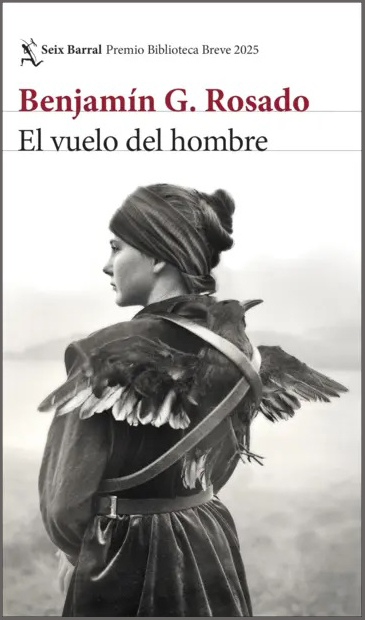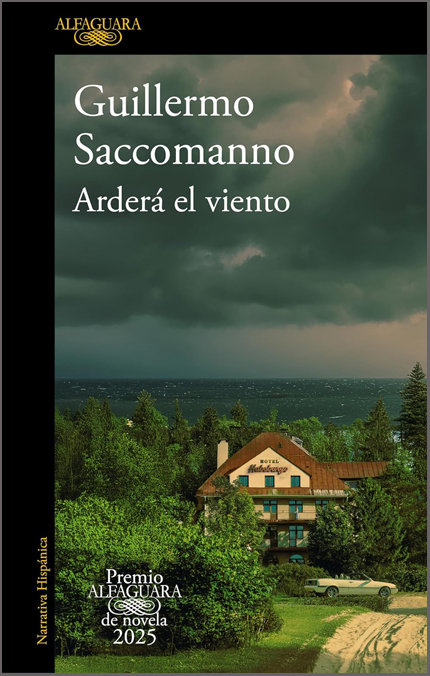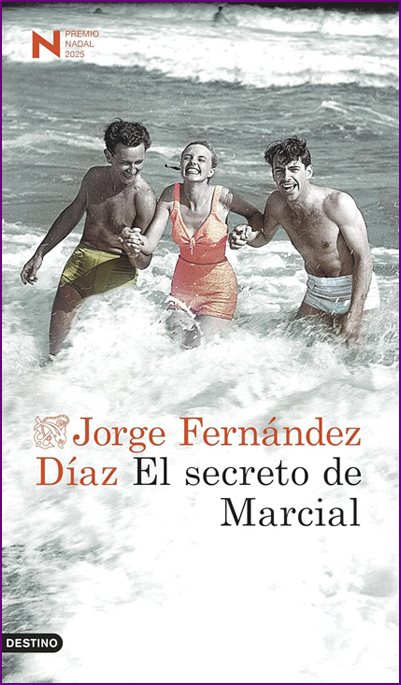Literatura o imperio: La construcción de las lenguas castellana y catalana en la España renacentista ∥ Lledó-Guillem, Vicente
-----------------------------------
ISBN13: 9781588711281
-----------------------------------
サイズ: 15 x 23 x 1.5 cm
-----------------------------------
頁 数: 201 pgs.
-----------------------------------
装 丁: paper cover
-----------------------------------
出版社: Juan de la Cuesta
-----------------------------------
発行年: 2008
-----------------------------------
発行地: Newark
-----------------------------------
双書名: Estudios Lingüisticos, 9
追加情報: ※ 詳細PDFリンク
Description:
This book focuses on linguistic ideology in Spain in the Early Modern Period, especially the 16th century. Traditionally linguistic scholarship in the Renaissance has been considered a possible precedent of Modern Historical Linguistics. This work demonstrates that such a vision can be expanded by studying how the topics of linguistic change, the historical continuity of language, and the criteria to value and improve a language were addressed during the period.
In order to show this, Lledó-Guillem studies two languages: Catalan and Castilian. In both areas the value of the language is usually attributed to either its political power or its literary tradition. Despite this difference, however, language is in both cases finally associated with political power. But whereas Castilian speakers accept the continuity of their language since the Middle Ages, Catalan speakers question that their own Medieval literature was written in the language that they use in the Early Modern Period. Castilians accept the geographical and historical continuity of Castilian as a natural quality of their language, despite the warning of Antonio de Nebrija that continuity in language was a political construction. In the Catalan-speaking lands this continuity is not accepted.
It can be argued that the Castilian linguistic ideology, as far as the history of the language is concerned, could be a precedent for a Modernist perspective, whereas the Catalan position is more similar to a Postmodernist view. The consequences of this ideological difference are still present today.
INDICE:
Introduccion......9
1. Una dicotomia comienza a perfilarse......31
2. El establecimiento final de la dicotomia......66
3. Sevilla juzga a Garcilaso. La lengua castellana en manos andaluzas. La importancia fundamental de la ideologia del cambio lingüistico de Francisco de Medina (1544-1615) y Fernando de Herrera (1534-1597)......98
4. El cambio lingüistico en las obras escritas en catalan......121
5. La obra de Mati de Viciana (1502-1582) y Gaspar Escolano (1560-1619)......153
Conclusiones......190
Obras citadas......195
-

2025年Biblioteca Breve賞受賞作品。ある若き言語学者が南米の港町へ旅立ち、自らの未来を模索しながら執筆に挑む物語です。偶然の出会いが彼の最初の小説を生み出し、出版の成功によってニューヨークへ移り住むも、そこから作品と現実のズレに苦しみ、やがて忘れ去られていく運命を辿ります。しかし、思いがけぬ知らせが彼をコロンビアのジャングルへ導き、かつての小説の結末と酷似した“事故”の謎に巻き込まれていきます。現実とフィクションの境界が揺らぐ中で、「語られるべき物語」と「黙されるべき物語」の間にある微妙な線をめぐる、緊張と知性に満ちた冒険小説です。
- El vuelo del hombre ∥ Rosado, Benjamin G.
- ¥5,368
-

アルフアグアラ文学賞2025年受賞作。ある夫妻がアルゼンチンの海辺の小さな町に姿を現し、老舗ホテルを経営し始める。家族を伴ったその異質な存在が、村社会のひび割れに潜む偏見や恐怖、秘められた欲望をあぶり出していく。表向きは穏やかな日常が、彼らの介入によってゆっくりと腐食し、町の底に潜む暴力と暗部が静かに露呈していく。精緻な文体で綿密に構築された“社会の朽ちるプロセス”が、特定の国や地域を超えて現代の精神風景を写し出す。緊張感と抑制のなかに秘められた強烈な物語体験を求める読者に。
- Arderá el viento ∥ Saccomanno, Guillermo
- ¥4,928
-

2025年ナダール文学賞受賞作品。南米・ブエノスアイレスを舞台に、父との溝を抱える一人の作家が、故人となった父の真の姿を探し始める。労働者階級の移民としてスペインから渡った父は、息子が憧れた文学の道に無言で壁を築いていた。母国映画やハリウッドの古典に囲まれ育った少年は、大人になった今、スクリーンの背後に隠された父の「秘密」に気付き、渦巻く沈黙と誤解の中に分け入る。時代を越えて響く父子の断絶、移民としてのアイデンティティ、そして愛しながらも理解しきれない存在。静かに、しかし確実に胸に迫る物語が、読む者の言葉と記憶を揺さぶる一冊。
- El secreto de Marcial ∥ Fernández Diaz, Jorge
- ¥5,544
-

次回入荷は1月下旬の予定です!!
第2版改定新版 「アカデミア最新スペイン語文法」。スペイン王立アカデミーとASALE(スペイン語アカデミー協会)の共同編集による増補改訂版3巻本。2009年に2巻本として出版されてから16年、さらに広く深く、スペイン語圏全体のスペイン語を総合的に扱うスペイン語文法書の決定版です!- Nueva gramática de la lengua española - Edicion revisada y ampliada in 3 vols. ∥ Real Academia Española
- ¥49,500

